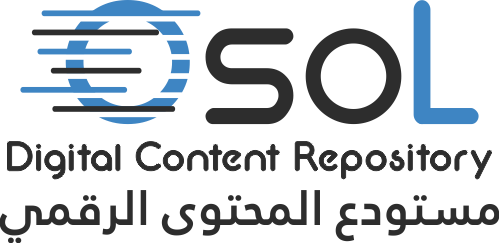Please use this identifier to cite or link to this item:
https://dspace.qou.edu/handle/194/2590| Title: | Social Stigma and its Relation with Future Anxiety and Social Isolation Among Mothers of Children with Autism Spectrum Disorder in Ramallah and Al-Bireh Governorate |
| Authors: | Jehad Mohammed Abed Alrhman Al-Araj جهاد محمد عبد الرحمن الأعرج |
| Keywords: | social stigma, future anxiety, social isolation, autism spectrum disorder. الوصمة الاجتماعية، قلق المستقبل، العزلة الاجتماعية، اضطراب طيف التوحد. |
| Issue Date: | 2021 |
| Publisher: | جامعة القدس المفتوحة/Al-Quds Open University |
| Abstract: | This study aims to identify the level of social stigma and its relationship to future anxiety and social isolation among mothers of children with autism spectrum disorder in the Ramallah and Al-Bireh Governorate, and to achieve the objectives of the study, the relational descriptive approach was used. Three scales were used for the study: the social stigma scale, the future anxiety scale, and the measure of social isolation, applied to a sample included (101) mothers of children with autism spectrum disorder in Ramallah and Al-Bireh governorate. The results show that the level of social stigma was average, and the results indicated that there were no statistically significant differences in social stigma depending on the variables: the sex of the child, the child's age, the educational level of the mother, and the marital status, while the differences were statistically significant in the social stigma according to the variable of place of residence and in favor of (camp). The results show that the level of future anxiety was high, and the results indicated that there were no statistically significant differences in future anxiety according to variables: the sex of the child, the child's ege, the educational level of the mother, and the marital status, while the differences were statistically significant in future anxiety according to the variable of place of residence and in favor of (camp). The results also show that the level of social isolation was average, and the results indicated that there were no statistically significant differences in social isolation depending on the variables: the sex of the child, the child's age, the educational level of the mother, and the marital status, while the differences were statistically significant in social isolation according to the child’s age variable and in favor of (Less than 7years old). The results show a statistically significant association between social stigma and future anxiety in mothers of children with autism spectrum disorder, and the relationship was positive. Meaning, the higher the degree of stigma, the higher the level of future anxiety. It was also found that there is a statistically significant correlation between future anxiety and maternal social isolation, and the relationship was positive. Meaning, the greater the degree of future anxiety, the greater the level of social isolation. |
| URI: | https://dspace.qou.edu/handle/194/2590 |
| Appears in Collections: | Psychological and Educational Counseling - الإرشاد النفسي والتربوي |
Files in This Item:
| File | Description | Size | Format | |
|---|---|---|---|---|
| Jehad-Al-Araj.pdf | 2.7 MB | Adobe PDF | View/Open |
Items in DSpace are protected by copyright, with all rights reserved, unless otherwise indicated.
